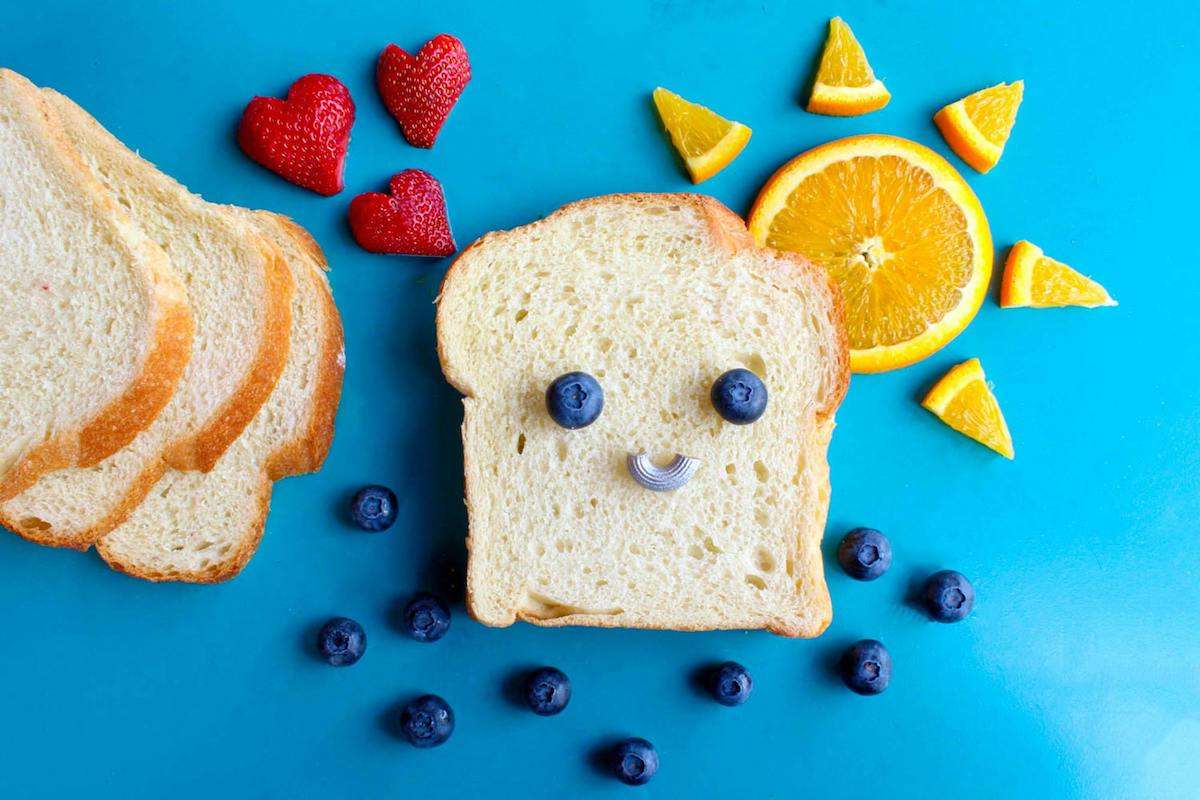Social Darwinism may be a controversial concept to some, but the idea is pretty compelling. Basically, it’s a parallel to natural selection in biology, but focused on the evolution of behavioral patterns instead of physiological attributes. If a behavioral pattern has adaptive value (it improves a group’s odds of survival amidst the challenges of its time, place and circumstances), the pattern is preserved and develops further. If a pattern lacks adaptive value, it tends to fade out of common practice. And if it’s seriously maladaptive, the group itself is apt to disappear, taking the pattern with it.
 I’m always asking the question, “Why do I/we/they do that?” I just can’t help myself (cause for curiosity in itself!). It’s one of the main reasons I became a psychologist—I figured I might as well get paid for something I’d be doing anyway. No doubt this leads to much overthinking, but I have yet to figure out a way to stop it (probably because I don’t want to). At least I’ve gotten better at it with practice, pondering all sorts of possibilities and testing my hypotheses over time to see which ones are borne out by subsequent evidence and conceptual coherence. Here are my thoughts on a familiar pattern of behavior among motorcyclists, and keep in mind I’m speculating. I don’t know of any hard research that would “prove” what I’m about to say, but this is one way to make sense of things.
I’m always asking the question, “Why do I/we/they do that?” I just can’t help myself (cause for curiosity in itself!). It’s one of the main reasons I became a psychologist—I figured I might as well get paid for something I’d be doing anyway. No doubt this leads to much overthinking, but I have yet to figure out a way to stop it (probably because I don’t want to). At least I’ve gotten better at it with practice, pondering all sorts of possibilities and testing my hypotheses over time to see which ones are borne out by subsequent evidence and conceptual coherence. Here are my thoughts on a familiar pattern of behavior among motorcyclists, and keep in mind I’m speculating. I don’t know of any hard research that would “prove” what I’m about to say, but this is one way to make sense of things.
Whenever two or more riders interact, our conversation inevitably drifts in the direction of storytelling. We recount our experiences from the saddle, in the garage, at various shops and dealerships, racetracks, rallies, exhibits—you name it, anything related to two wheels is happily given airtime. We love to tell such stories and we (usually) love hearing them, though some are definitely more entertaining than others. The entertainment factor is readily understandable, probably not much different than the enjoyment of reading a good book or seeing a good movie (hopefully the verbal accounts are briefer than these long-form versions!). But I think another dimension is also relevant, albeit not always as obvious. Maybe it’s not even an-other dimension at all, but actually the underlying reason we experience said enjoyment to begin with (or at least one of the underlying reasons).
Listen to this column as Episode 74 of the MOA podcast The Ride Inside with Mark Barnes. Submit your questions to Mark for the podcast by emailing podcast@bmwmoa.org.
The dimension I have in mind is information. Not just tire pressures or route mileage or handling characteristics, but all sorts of data from another person’s experience of the world. No matter how many adventures we’ve had, none of us gets first-hand knowledge of more than a tiny slice of reality. The range of possibilities is simply far too vast to fit into our short lifespans, narrow mental bandwidth, and finite resources for exploration. If we’re to gain potentially valuable—perhaps even essential—information about the risks, rewards and requirements of navigating life on this planet, we need to harvest as much as possible from others to maximize our chances of success (which includes as its most fundamental element, survival). This isn’t quite the “hive mind” of science fiction, but it does allow members of a group to benefit from each others’ experiences without everyone having to learn everything from their own respective trial-and-error experimentation, a process that would yield many more failures and lost lives, and therefore pose a far greater threat to the group’s ultimate viability.

See the application of social Darwinism? Storytelling improves a group’s understanding of the world around it while minimizing the associated costs. The group is thereby better able to adapt to its environment and live to …er… tell the tale (and procreate). We glean countless bits of data from even the most mundane stories. One rider tells another about an encounter with a little loose gravel in a corner on a familiar loop. The listener now knows to be alert for the presence of gravel in that location, as well as in the surrounding area. They also develop ideas about what their buddy did right or wrong while negotiating passage, which may influence future choices about skill drills, protective gear and general vigilance. The account could prompt an increase in trust/admiration or mistrust/disapproval towards the tale-teller, which would then inform future interactions; the affiliation might become incrementally closer or more distant, both figuratively/emotionally and concretely in terms of where they position themselves in relation to one another while riding together. All this and more might follow from a fleeting, incidental mention of a few pebbles on the pavement, depending on how the story was told—including the speaker’s choice of words, their attitude and the connotations implied in the context of their other accounts and behavior—and how the story ended. The person relating an event may have little or no awareness of how much they’re revealing (for better or worse) because they’re focused on some completely different aspect of the story. In any case, the listener likely comes away from each exchange with a broader perspective that could prove advantageous in one way or another. They’ve appropriated the trial-and-error learning from another life, risk-free. Yes, it was entertaining, but I’m suggesting the reason we’ve come to enjoy storytelling is because it contributed to our ancestors’ survival.
This way of thinking can be a bit challenging at first. We usually think of an emotion like enjoyment as a straightforward reflection of a thing’s pleasurable aspects in the moment. That seems self-explanatory; why does it have to be more complicated than that? Well, people who analyze behavior wonder why some things are pleasurable and others aren’t. Is it really a matter of obvious, self-evident logic that one odor is appealing and another is repulsive? In general, our preferences in the realm of smell have come to map onto the aromatic landscape in a way that promotes our health and wellbeing. Things we typically consider revolting are usually bad for us to eat. Just as there’s no rational reason we should find a particular shade of blue more pleasing than a particular shade of green, all smells ought to be roughly equivalent until we’ve learned through direct experience to associate them with different good and bad outcomes. The problem is that would cause many of us to die, or at least become deathly ill, on the way to sorting olfactory sensations into the categories of safe and harmful. Instead, we come wired (or quickly develop such “wiring” as a result of neurological maturation, rather than experiential learning) with a set of adaptive likes and dislikes that usually keep us safe enough to survive. Of course, we become more discerning along the way and our preferences can expand or change on the basis of new learning, either experiential or intellectual. This can lead to internal conflict that supports my view.
If you accept the concept of physiological evolution, it’s not a big leap to understand our enjoyment of simple carbohydrates—refined sugar, white flour, fruit juice, corn syrup, etc.—as having had adaptive value. These sources of energy were hard to come by for most of human history, and when we had the chance to consume them, it worked in our favor to ingest as much as possible to store calories for the inevitable periods wherein we’d have trouble finding as much food as we needed. Groups with a strong appetite for such delicacies had a survival advantage over groups that didn’t favor them, causing this trait to become the established norm in our species over a lengthy timeframe. Today, we can know many arguments for curbing our consumption of refined sugar, for example, and yet we crave it anyway. We think this is just because it’s plainly delicious, but there’s a reason we find it so yummy and irresistible: our bodies are still genetically programed on the basis of prior eons wherein this compulsion really did serve our best interests. Now that such hyperpalatable substances are no longer hard to acquire (industrial food production has made them the easiest to obtain because they’re so profitable), our inherent/inherited appetite for them is poorly calibrated to current conditions; evolution can take a long time to catch up with circumstantial changes. This is a major reason obesity is an epidemic in the present-day US. We’re propelled by cravings that made adaptive sense in a previous era but subtract from our longevity now. There are a multitude of other vectors in play, but by itself, our propensity to overeat in the presence of surplus food would eventually cull the herd in favor of the subgroup least compelled to do this. Yes, we gobble down sweets because it’s enjoyable, but it’s enjoyable because it kept the carb-cravers of yore alive—and we’re the descendants of those who lived to pass along their sugar-loving genes (same with salt and fat).

Whereas we start out with a set of preferences for foods that “naturally” smell/taste good to us, we’re also wired to engage others. There are anomalies, but the overwhelming majority of human beings crave social interaction; even introverts value engagement, just in smaller doses than their extroverted cohorts. This has served us well, given that our chances of surviving hostile conditions increases dramatically when we take a cooperative stance with others in our group. Communication is a huge component of cooperation, as well as education. Talking with one another supports our ability to cope with threats, including the threat posed by ignorance (simply not knowing something, as opposed to a lack of intelligence). We all have to contend with dangers and we all need to learn how to do so. While we’re born with some instincts that provide automatic guidance, we’re not like many other animals that arrive with their lifetime of activities uncannily programmed from birth. A deer may have to learn where the local stream is, but it doesn’t need gymnastics lessons to be able to hurdle fallen logs at a blazing pace (some practice during youthful play is all that’s required). It also doesn’t need a dietician’s advice to know which plants are good and bad to eat; we can reasonably assume the deer finds healthy ones appealing and unhealthy ones unappealing. Deer also cue each other about signs a threat is nearby, for instance, without taking language classes, and the social structure within a deer herd is largely a function of inborn behavior patterns. Hence, individual members of any given herd play roles identical to those in any other herd.
Back to communication among human beings. We want and need interaction, but all interaction is obviously not equal in either value or pleasure. Some kinds are “inherently” (read: historically adaptive for the species) tasty and others are inherently unpalatable. This isn’t simply a matter of friendly interaction being “good” and unfriendly being “bad,” since there’s always been survival value in competition, not only cooperation. The group with the most effective patterns of aggression may prevail when resources are scarce, and we can enjoy remnants of this dynamic in sporting events when one group needn’t kill the other to survive. Whether the competition is athletic, intellectual or otherwise, winning feels good, directly or vicariously. However, just as with our ravenous appetite for hyperpalatable foods in the context of their hyperabundance, it’s conceivable our greedy appetite for dominance in situations wherein it’s actually no longer necessary or most conducive to our survival may eventually lead to our demise, especially given the assistance of advanced technology (which has developed much faster than we’ve been able to adapt to its presence). But I digress…
The Ride Inside with Mark Barnes is brought to you by the MOA Foundation. You can join the BMW Motorcycle Owners of America quickly and easily to better take advantage of the Paul B Grant and Clark Luster programs mentioned in this episode.
We learn what types of interaction tend to serve us and what types don’t, but we can’t always know which is which. For example, we may conclude engagement with others who are basically truthful is better (more enjoyable and more valuable) than engagement with those who regularly lie, but we can be fooled by the latter and mistake them for the former. With experience, however, we (hopefully) become more discerning about such things, and our palate for various personalities and types of interaction develops sophistication beyond what merely “tasted good” at the outset. Deception is only one category among many that we must learn to detect, including both positive and negative features. So, storytelling can be an adaptive activity for a group, but for the above-mentioned benefits to apply, the storytelling must be an accurate reflection of reality—or at least the listener must be adept at parsing out accuracies and inaccuracies on the basis of something more substantive than their superficial flavors, and thereby orient to the storyteller accordingly. Deer don’t need to concern themselves with the credibility of others in the herd, but we do.
We may end up discounting some tales because their teller is deemed no longer credible, while we listen more and more intently to those who’ve earned our trust. Nobody double-checks everything they’re told; life would be impossibly inefficient if we tried to do that. In general, we learn to put people under one umbrella or the other based on certain key characteristics and save ourselves a lot of questioning, although our survival is best served by a healthy balance of skepticism and open-mindedness. Of course, such a balance is much easier to imagine than it is to actually strike in real life.

Aside from the communication of information, storytelling also confirms the existence of a community. When one rider tells another about their version of an experience they’ve both had (separately or together), they nod knowingly to each other and feel a bond, whether their shared knowledge is of something good or bad. This is really just one more type of information, of course—information about a fellow group member—but I’m highlighting the survival value of group cohesion: we’re all more likely to help within a group we understand and feel understood by, and we’ll feel more confident of such a group’s support for us. That’s good for the group and good for its members.
Anyway, there’s a lot more going on than we usually notice as we kick tires, sit around a campfire or raise pints at a rally. In addition to the entertainment involved, we’re also improving our odds of survival, individually and collectively—maybe just as much as when we practice our riding skills, maintain our machinery and don our protective gear.
Mark Barnes is a clinical psychologist and motojournalist. To read more of his writings, check out his book Why We Ride: A Psychologist Explains the Motorcyclist’s Mind and the Love Affair Between Rider, Bike and Road, currently available in paperback through Amazon and other retailers.


